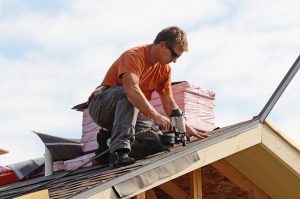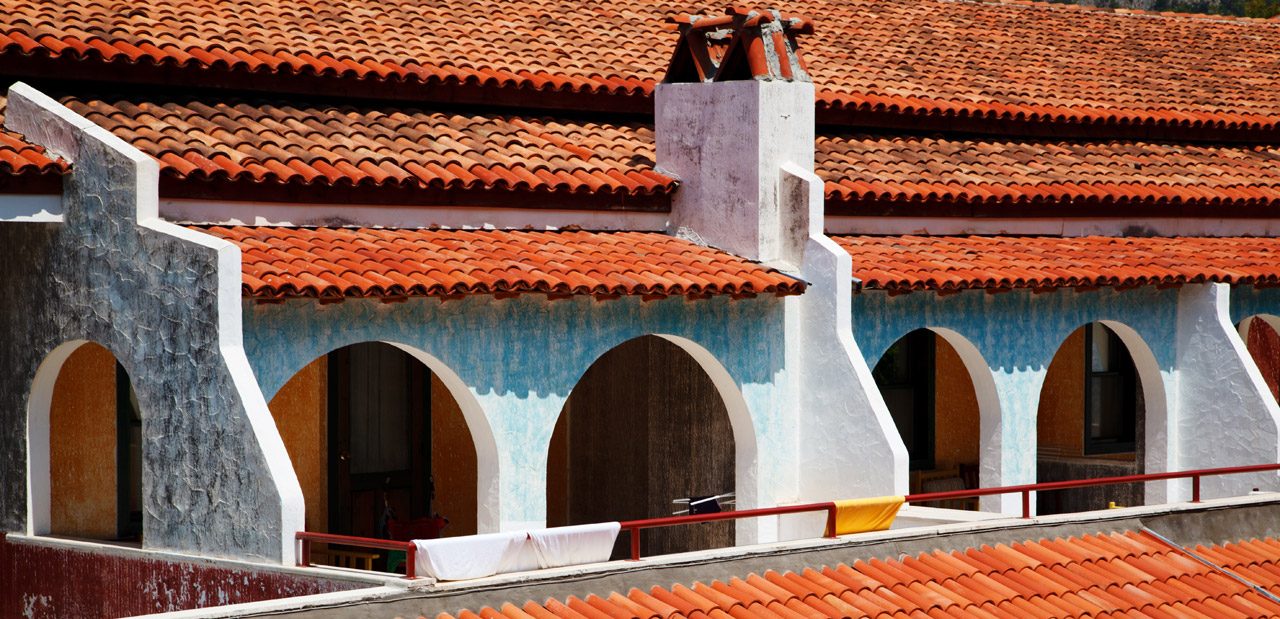An important role in the construction or renovation of a house is the choice of a roof system that will prove its long-term efficiency. Each component of the roof requires special attention so that it is fully functional, watertight and durable – from the resistance structure, the thermo and waterproofing membranes, to the cover materials and the installation of the drainage system.
Obviously, a roof replacement is a complex project, which will cost you a significant sum of money, depending on the type of the roof, the materials you choose and the contractor your hire. In 2019, on average, roofing contractors charged between $3.50 and $5.50 per square foot (which means $350 to $550 per square) for replacing asphalt shingle roofs (the most common and popular roofing material). For the roof on a typical single-family house, the owner can expect to pay $4.50 per sq. ft. ($450 per square).
However, in order to be able to plan to the smallest detail the budget for the replacement of your roof, you will need to consider a number of factors that can help you estimate correctly the total price of the work.
The type of roofing materials
First of all, the total cost of the replacement project depends on the type of materials you will choose: metal or ceramic tiles, bituminous shingles, wood shakes etc. – they all have different prices.
The surface and geometry of the roof
Before contacting a manufacturer or distributor, it is best to measure your roof`s surface. This way, you can get an accurate estimated price, although keep in mind that it will be substantially influenced by the type and quantity of fasteners that you will need. Never make a decision only considering the price per square meter of a particular material, if you do not want to have unpleasant surprises! A visit from a Gaithersburg roofing specialist is what you need for a complete and correct quote.
The pluvial system
The price of purchasing and installing gutters and downspouts (or drainage holes, in the case of flat roofs) must also be considered. The pluvial system aims to protect the building from water ponding and infiltrations. The quality of a pluvial system resides in the materials used that should be resistant to corrosion, even in quasi-permanent humid conditions, UV radiation and temperature fluctuations.
Roof accessories
Each roof needs accessories to ensure its proper installation as well as the aesthetic and functional design. The best thing is to opt for accessories made or recommended by the manufacturer of the cover system.

Workmanship
Another factor with a significant influence on the final cost of roof replacement is the team of Gaithersburg roofing specialists you hire to install the roof. You will have to carefully choose the contractor because an improperly installed roof system will automatically result in additional expenses caused by incorrect measurements faulty installation or, even worse, the loss of warranty on purchased products. Besides, each roofing company has different prices for the provided services, so you should be able to determine the best match for your budget, by comparing prices and services.



